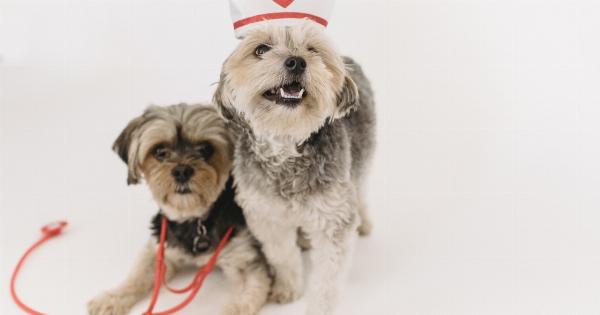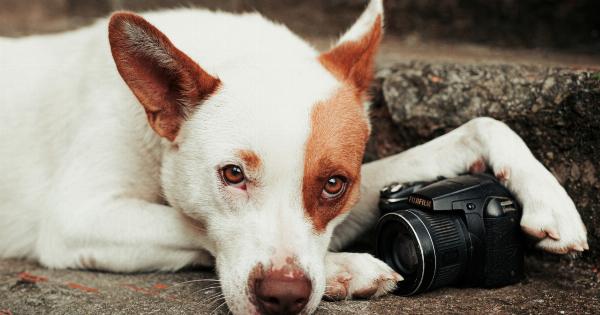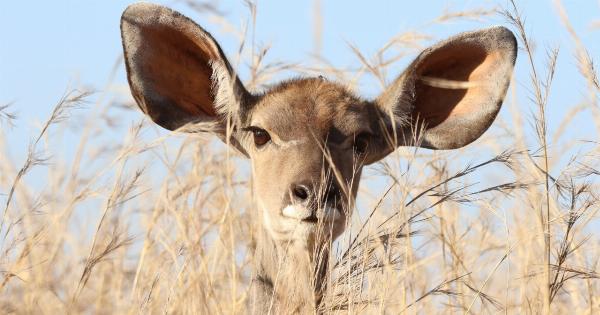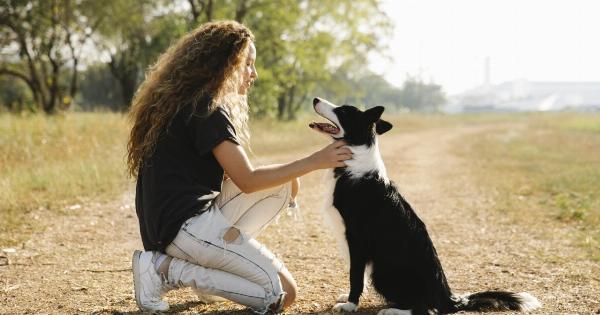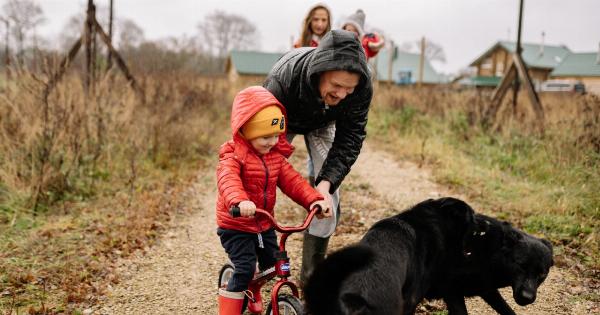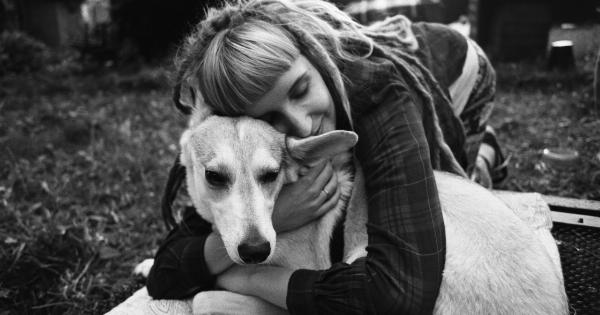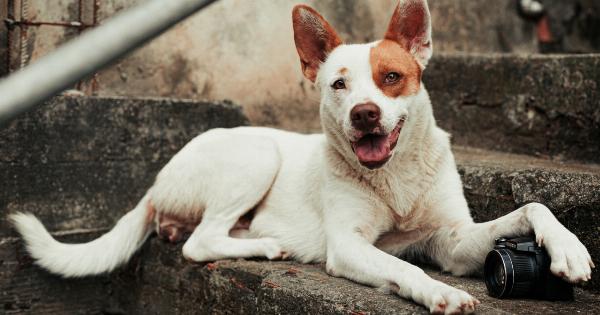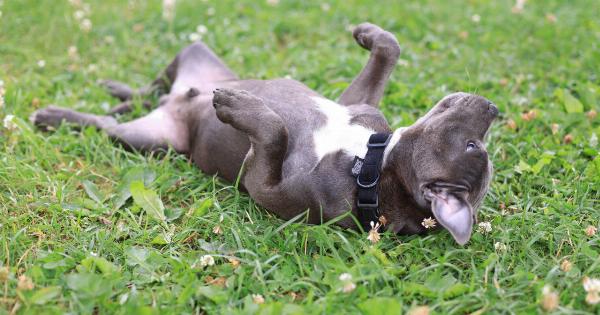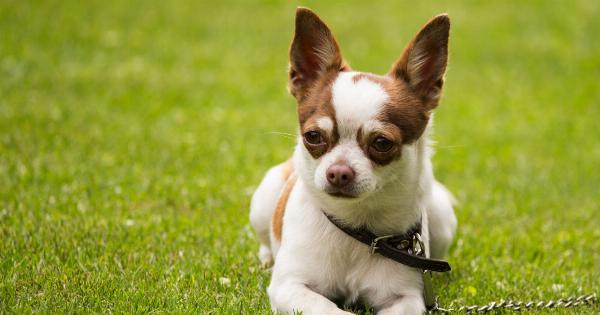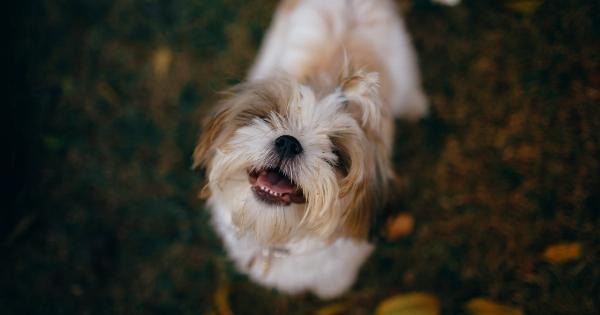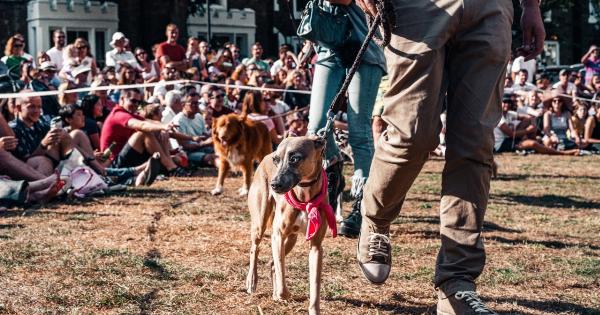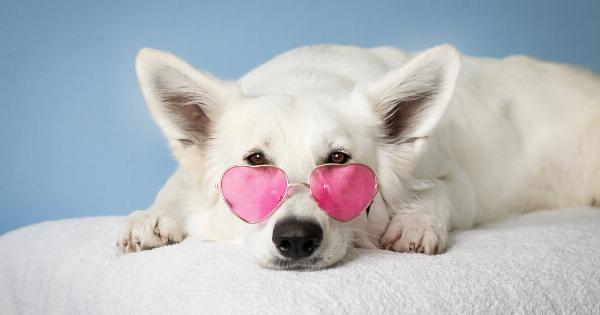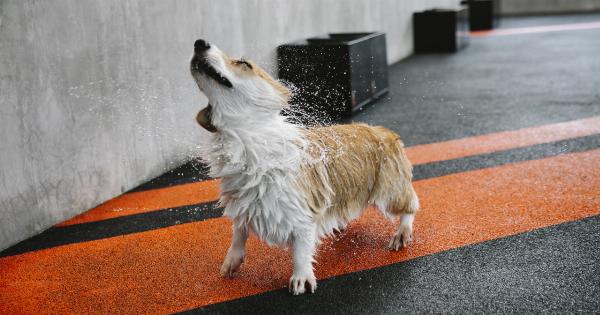Dogs, like humans, can experience anxiety and stress. Although they can’t tell us how they feel, they often exhibit various signs of anxiety, which can include excessive barking, destructive behavior, pacing, trembling, and even aggression.
It is crucial for dog owners to understand the causes and symptoms of canine anxiety to help manage and alleviate their furry friend’s distress.
Causes of Dog Anxiety
Dog anxiety can be caused by various factors, and it’s essential to identify the root cause to address the issue effectively:.
1. Separation Anxiety: Dogs are social animals, and being left alone for extended periods can trigger separation anxiety. They may become anxious, depressed, or engage in destructive behavior when their owners are away.
2. Fear: Dogs can develop fear and anxiety towards specific objects, situations, or loud noises (such as thunderstorms or fireworks).
Traumatic experiences or lack of exposure during early development stages can contribute to these fears.
3. Aging: As dogs age, they may experience cognitive decline, leading to anxiety. They may become disoriented, forget familiar people or places, and display signs of restlessness or confusion.
4. Lack of Socialization: Dogs that have not been adequately socialized during their early months may develop lifelong anxiety and fear towards new people, animals, or environments.
5. Medical Conditions: Certain medical conditions, such as thyroid imbalances or hormonal disorders, can cause anxiety in dogs.
It is vital to rule out any underlying health issues before addressing anxiety solely as a behavioral problem.
Symptoms of Dog Anxiety
Dogs communicate their anxiety through various physical and behavioral signs. Common symptoms include:.
1. Excessive barking: Dogs may bark excessively when anxious, trying to communicate their distress or seeking attention.
2. Destructive behavior: Anxiety can cause dogs to engage in destructive behaviors like chewing furniture, digging holes, or scratching doors and floors.
3. Pacing and restlessness: An anxious dog may exhibit constant pacing, inability to settle down, or trouble sleeping.
4. Trembling or shaking: Dogs may tremble or shake uncontrollably when they are anxious or stressed.
5. Changes in appetite: Anxiety can affect a dog’s appetite, leading to a decrease or increase in food intake.
6. Aggression: Some dogs respond to anxiety by becoming aggressive towards people, other animals, or even themselves.
7. Excessive licking or self-harm: Dogs may excessively lick or chew their paws, tail, or other body parts as a way to cope with anxiety.
8. Urinating or defecating indoors: In severe cases, anxiety can cause dogs to have accidents indoors, despite being potty trained.
9. Escape attempts: An anxious dog might attempt to escape by scratching doors, jumping fences, or running away when feeling overwhelmed.
10. Clinginess: Dogs with anxiety may become excessively clingy, seeking constant reassurance and attention from their owners.
Managing Dog Anxiety
While managing dog anxiety may require patience and understanding, there are numerous strategies and techniques to help your furry companion feel more at ease:.
1. Consult a Veterinarian: If your dog is displaying signs of anxiety, it’s important to consult a veterinarian to rule out any underlying medical conditions.
They can provide further guidance and recommend appropriate treatments if necessary.
2. Create a Safe Space: Set up a safe and comfortable space for your dog, such as a crate or a designated area in the house. This safe space can serve as a refuge when your dog feels overwhelmed.
3. Regular Exercise: Regular physical exercise can help reduce anxiety levels in dogs. Engage in activities like walks, playtime, or even dog sports to keep your furry friend mentally and physically stimulated.
4. Mental Stimulation: Provide your dog with mental stimulation through interactive toys, treat puzzles, or obedience training. Mental exercise can redirect their focus and help alleviate anxiety.
5. Calming Music or White Noise: Soothing music or white noise can create a calm environment and help mask distressing sounds that may trigger anxiety, such as thunderstorms or fireworks.
6. Desensitization Techniques: Gradual exposure to feared objects or situations can help desensitize your dog over time.
Start with minimal exposure and gradually increase the intensity, rewarding positive behavior throughout the process.
7. Behavior Modification Training: Working with a professional dog trainer or behaviorist can help identify triggers and develop a behavior modification plan.
This plan focuses on reshaping your dog’s response to anxiety-inducing situations.
8. Avoid Reinforcing Anxiety: It’s important not to inadvertently reinforce anxious behaviors. Avoid comforting or rewarding your dog when they display signs of anxiety, as it may inadvertently reinforce their distress.
9. Medication and Supplements: In severe cases, medication or natural supplements may be prescribed by a veterinarian to help manage anxiety. These should always be used under professional guidance.
10. Seek Professional Help: If your dog’s anxiety persists or worsens despite your efforts, consider seeking professional help from a qualified veterinarian or certified dog behaviorist.
They can provide specialized guidance tailored to your dog’s unique needs.

